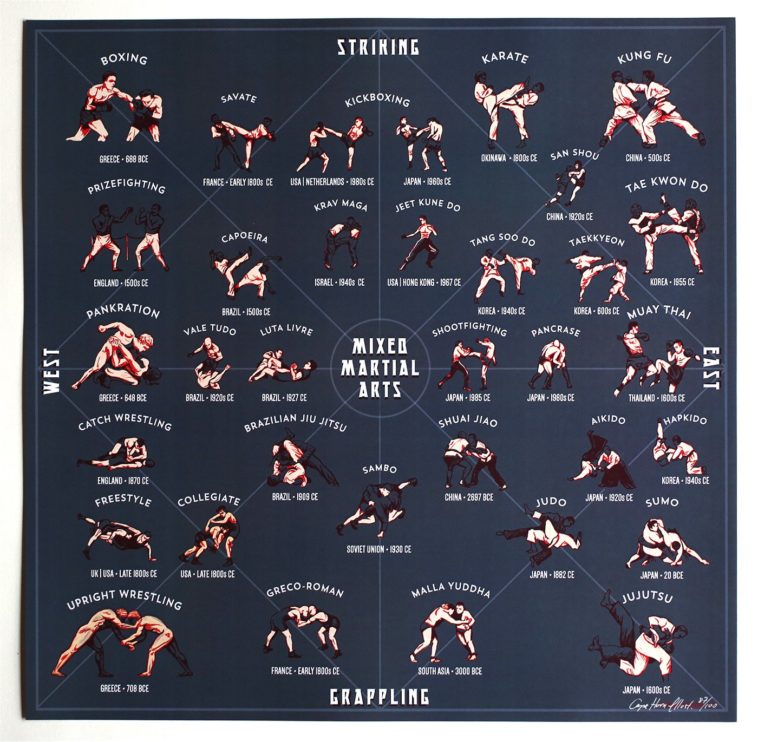A Comparative Research Study Of Conventional Martial Arts And Modern Battle Sports: Highlighting The Crucial Differences
A Comparative Research Study Of Conventional Martial Arts And Modern Battle Sports: Highlighting The Crucial Differences
Blog Article
Material Writer-Thuesen Rocha
When you think of martial arts, do you lean a lot more toward the conventional methods or the modern combat sports? Each course supplies distinct benefits and experiences, formed by their viewpoints and training techniques. Typical martial arts emphasize individual growth and discipline, while contemporary fight sporting activities concentrate on competitors and efficiency. Comprehending these distinctions can assist you in choosing the ideal technique for your trip. But just how do these differences manifest in training and approach?
The Ideology and History Behind Typical Martial arts
While many people connect martial arts with physical combat, the approach and history behind conventional martial arts run much deeper. You'll discover that these techniques highlight individual development, self-control, and respect.
Originating from ancient techniques, standard martial arts were commonly established for Self-Defense and spiritual growth. martial arts mats personify concepts such as equilibrium, harmony, and self-control, assisting experts beyond simple battling abilities.
As you train, you'll not only discover strategies but also get understandings right into the society and worths that formed these arts. The rituals and customs, typically passed down via generations, promote a feeling of neighborhood and belonging.
The Affordable Nature of Modern Combat Sports
Modern fight sporting activities have changed the landscape of martial arts into a highly affordable arena, where professional athletes challenge in a test of ability, approach, and endurance.
You'll observe that competitors are commonly organized with stringent regulations and laws, guaranteeing fair play and safety and security. These events attract huge audiences, fueling the excitement and strength of matches.
Professional athletes train carefully, not just for physical prowess however likewise for psychological sturdiness, knowing that every detail counts in the ring. The adrenaline thrill during competitions is apparent, as fighters push their restrictions to declare victory.
Fans value the athleticism and creativity included, making modern-day combat sporting activities a thrilling spectacle that continues to evolve and astound lovers all over the world.
Training Techniques and Methods: A Comparative Analysis
The competitive atmosphere of modern-day fight sports needs cutting-edge training methods that differ significantly from conventional martial arts.
In look at this web-site , you'll concentrate on details techniques, competing, and conditioning, frequently making use of drills that simulate actual fight scenarios. You'll see an emphasis on measurable performance and frequent competition to examine your abilities.
On bruce lee martial arts , conventional martial arts prioritize types, katas, and thoughtful teachings, commonly emphasizing technique and regard over competitors.
Training is usually much less extreme and may entail recurring practice as opposed to real-time sparring.
While both approaches construct skill and physical fitness, modern battle sporting activities offer a more vibrant and adaptable training setting, preparing you for instant obstacles in the ring or cage.
Select the course that aligns with your goals and interests.
Final thought
In choosing between traditional martial arts and modern combat sporting activities, it actually boils down to what you value a lot of. If you're seeking personal development, technique, and a feeling of area, traditional arts may be your best fit. However if martial arts or taekwondo flourish on competition and real-time difficulties, modern battle sports could be the means to go. Ultimately, both paths provide distinct advantages, so it's everything about straightening your training with your individual goals and rate of interests.
